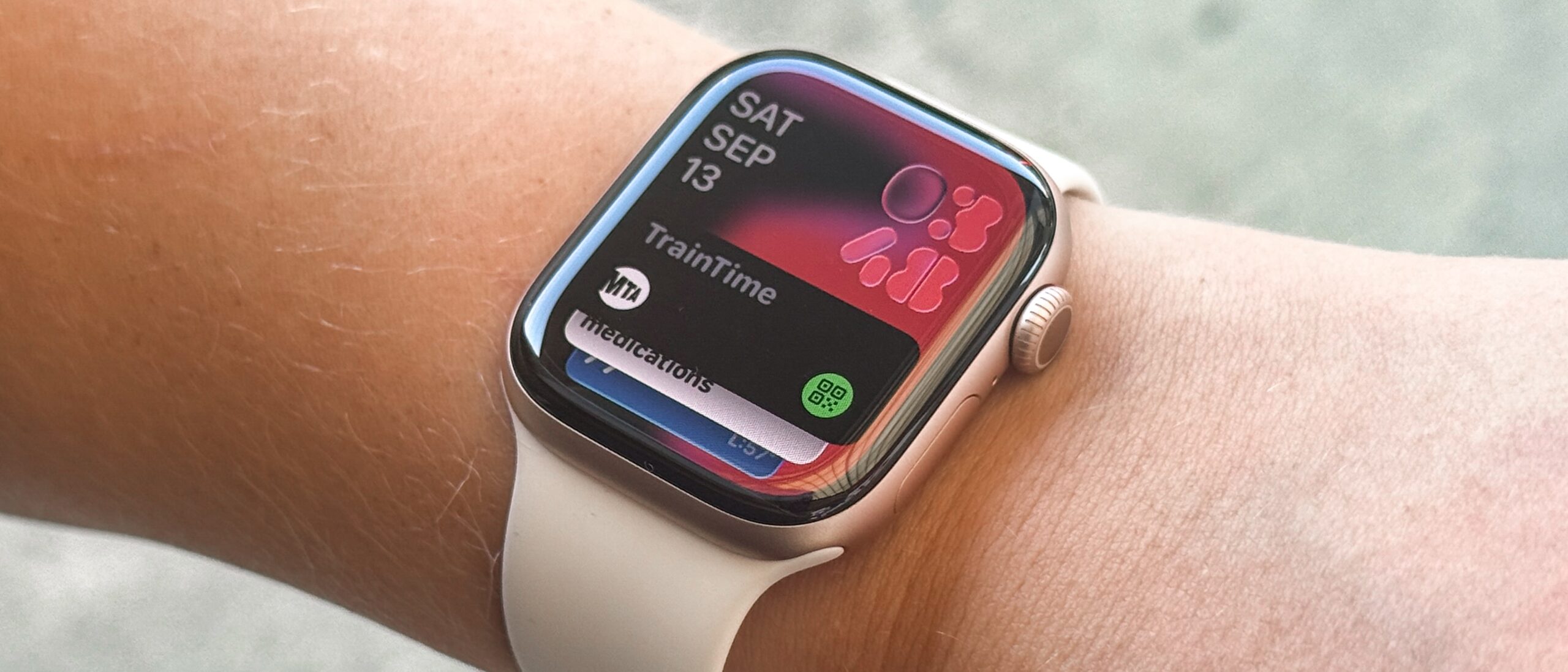Optimal Nutrition for CrossFit Athletes
Why CrossFit requires different thinking
CrossFit blends short, maximal bursts with sustained effort and strength work — a recipe that eats glycogen and demands fast recovery. Treating CrossFit like general fitness or low-intensity cardio is a mistake; your fueling should reflect the intensity and varied energy systems involved.
Carbohydrates: the non-negotiable fuel
Carbs are your primary performance currency. For athletes doing regular high-intensity sessions, target the range used for strength athletes: roughly 4–7 g/kg body weight per day; needs rise with training load. Underfueling causes depleted glycogen, reduced power output, and early fatigue during WODs. Plan starchy vegetables, whole grains, fruits and legumes around heavy sessions to keep stores topped up.
Protein and fat: recovery and long-term health
Protein supports repair and adaptation. For high-intensity strength work aim for approximately 1.4–2 g/kg/day to optimize recovery and muscle maintenance. Dietary fat should not be neglected; recommendations around 0.8–1 g/kg/day supply essential fatty acids and support hormonal function — prioritize omega-3 sources like fatty fish, chia and flax.
Hydration & electrolytes: small losses, big effects
Even 2% body-mass water loss impairs performance; 3% is often game-changing. Sip fluids throughout the day rather than trying to “chug” during workouts. For longer or sweat-heavy sessions consider adding sodium and potassium and small amounts of carbohydrate to aid fluid absorption and replace what’s lost in sweat.
Supplements that make sense for CrossFit
Several supplements have practical, evidence-based applications for high-intensity athletes: creatine monohydrate (commonly 5 g/day), beta-alanine (2–5 g/day over weeks to load carnosine), caffeine dosed around ~3 mg/kg before exercise for acute performance gains, and tart cherry for post-exercise recovery (studies often use ~8–12 oz twice daily). These are tools to complement, not replace, a solid diet.
Putting it together: a simple daily template
Pre-WOD: small, carb-forward snack if training soon (banana + yogurt, rice cake + nut butter). Post-WOD: carbs + protein within the recovery window to refill glycogen and start repair (e.g., chocolate milk, rice + chicken, or a balanced recovery shake). Main meals: prioritize whole sources — lean proteins, quality carbs, vegetables and healthy fats. Adjust portioning around your weekly training load rather than treating every day identically.
CrossFit doesn’t reward ideologies that cut carbs for the sake of a trend. If your goal is maximal intensity and repeatability, prioritize fuel, stay hydrated, and use targeted supplements thoughtfully. That combination keeps your WODs sharp and your recovery reliable.




